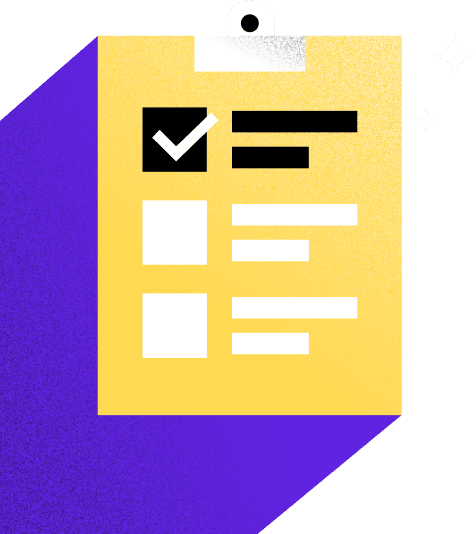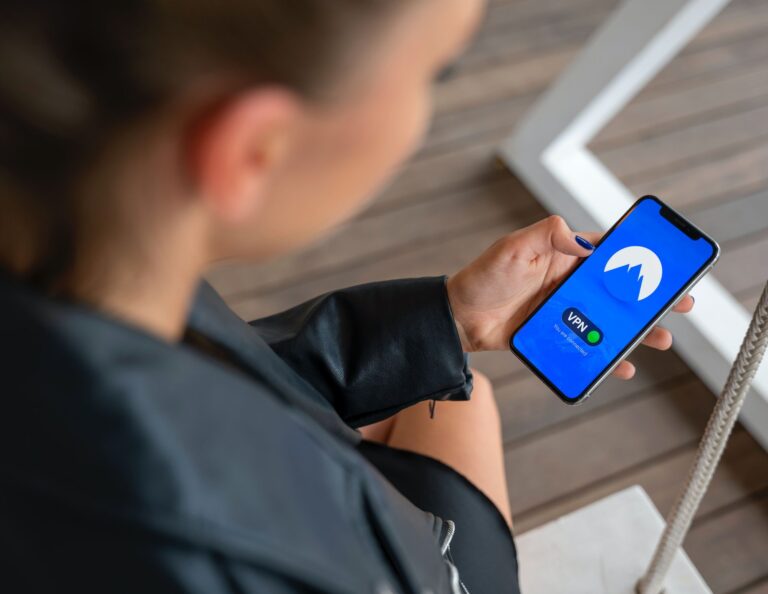Learn how to create a client welcome packet that introduces your business, informs your new clients, and adds delight to your client experience.

Critical files for independent businesses often include invoices, contracts, sales brochures, and more. But, there’s one tool you might not be using that can play a big role in creating a great client experience. That tool is a client welcome packet.
When you start any project or working relationship, it’s important to get the information that you might not have captured during the booking process. You will also want to set expectations with your clients about how you should be working together and communicating. Lastly, you want to make a great impression, and that starts with your client onboarding.
Here’s everything to know about using a client welcome packet and best practices to make sure yours is effective.
Jump to:
- What should your client welcome packet include?
- Best practices for your welcome packets
- Use the right tool to build branded, effective welcome packets
What should your client welcome packet include?
A good client welcome packet should include essential details about your business, client onboarding process and paperwork, communication preferences, and a project timeline. These elements ensure that your client knows exactly what to expect and can begin the relationship with a strong foundation.
To make your welcome packet even more effective, consider adding personalized touches that engage and inform your client, enhancing their overall experience. This approach not only sets clear expectations but also provides all the tools and information they need to work effectively with you.
Here are the essential components every client welcome packet should contain:
- Welcome message and introduction: Thank your client and introduce your business and team.
- Policies: Reiterate important policies like payment terms, confidentiality, and cancellation.
- Communication preferences: Outline how and when clients can contact you, including office hours and best communication channels.
- Login details and tech overview: Provide instructions for any necessary software or portals.
- FAQs: Address common questions your clients might have during the project.
- Timeline and scope of work: Lay out the agreed-upon timeline and key milestones.
- Payment information: Include payment plans, methods, and terms to ensure smooth transactions.
- Next steps: Clearly state what actions are required from the client to proceed.
1. Welcome message and introduction
First, take the time to thank your new client for booking with you. You can include a brief note on the first page of your welcome packet, or save it for the introduction email or client welcome letter you send with your packet. Either way, mention something specific from when you were first talking to them as a lead, and make sure they know how excited you are.
Even though they probably already know some things about your business from their own research, give your new clients a refresher about who you are, and your mission statement behind your business. This is also a great opportunity to introduce them to your team and any other collaborators they’ll be working with.
2. Policies
Next, get the serious stuff out of the way. Take the time to remind your clients about some of your policies, which should also be in your online contract. You don’t have to copy and paste your contract clauses, but it’s a good time to reiterate late payment fees, payment methods, confidentiality agreements, your cancellation policy, and more.
3. Communication preferences and information
Be sure to give your clients instructions on how they can communicate with you moving forward. This helps set client expectations while also clarifying how best to be in touch. You should also include your office hours so they know when you’ll be able to respond and when you’re offline.
Include your contact information, best communication channels, typical response times, and a link to your scheduling tool so they’ll always be able to get a hold of you.
4. Login details and tech overview
Different businesses use different tech, so this section will vary, but it’s important to get your clients up to speed with anything they’ll need to use as part of their onboarding.
If you’re a photographer, for example, you may have a client portal and invoicing software. Your clients will need to know how to log in to get their photos and pay their invoices. For consultants, there may be shared tools like project management software, so you’ll need to include specific instructions for how to log in and use that system. You might also want to leverage part of your onboarding packet as an intake form to ask your clients questions or have them share specific documents.
5. FAQs
Are there common questions that you get throughout your projects? This is a great place to address them upfront and give your clients a set place to refer to them throughout the project. These might include how to use your client portal, your process overview, how to adjust their payment schedule, where to find project updates, and more.
6. Timeline and scope of work
Once you’ve briefed your clients on all the general information about your business and working with you, it’s time to get into the specifics of their project. Lay out the timeline and scope of work that you’ve already agreed on in your contract.
For a high-level overview, it can be great to call out important milestones and key dates that you’ve already set together.
7. Payment information
One of the most important parts of running your business is getting paid. Don’t forget to reiterate everything your clients need to know to pay you. You can include their specific payment plan and payment terms along with a reminder of how you accept payment (credit card, ACH transfer, if you’re using online payment software, etc.)
8. Next steps
Lastly, you want to include the next steps for each client. Will you be working on their project for a few weeks until the next check-in? Will there be a while until they hear from you next? Or, is there anything you need from them? Remind them to send over any important documents and files or send information you might need to get the project started.

Great first impressions start at the contact form, but they don’t end there.
Best practices for your welcome packets
As you’re designing your client welcome packet, keep in mind these best practices to ensure you’re providing a great onboarding experience for your clients.
Make sure your client welcome packet is branded
Your welcome packet should be a completely branded package. This means it has to involve more than just shoving your logo into a client welcome packet template, adding text, and calling it “ready to send.”
Your client welcome packet is like holding the front door to your studio wide open to invite potential clients in. It sets the tone for your business. When it’s not cohesively branded with your design elements or doesn’t fully jive with your website or social media profiles, potential clients notice and can feel the disconnect.
Keep your welcome packet concise and easy to navigate
Though there’s a ton of information to include in your client welcome guide, try to keep it as simple as possible. Each section should have its own page that’s easy to navigate through a table of contents. Be sure you’re only providing the necessary information–there’s no need to add paragraphs of text on each page if it’s not needed. Provide plenty of white space on the page so your reader can focus on the facts.
Make your client welcome packet an interactive experience
Want to upgrade your client welcome packet even more? Use a system like HoneyBook to make it interactive. Instead of a stale, static PDF, you can build fully branded, digital files that incorporate your visual brand along with video, photos, and interactive elements like questionnaires. You can provide your information while also giving your clients a professional, immersive onboarding workflow from the start for an amazing client experience.
Use the right tool to build branded, effective client welcome packets
You can build your client welcome packets with a variety of tools, including docs, PDFs, and slideshows. However, you want your packet to be a living, breathing document that your clients can return to over and over again and use to refer back to different parts of your client process.
That’s why it’s best to use a business management platform to build your client welcome packet. With a business management clientflow platform like HoneyBook, you can build your welcome packet as an interactive template that syncs with other parts of your process overview. Clients can immediately schedule inside the welcome packet, view an online invoice, refer back to their contract, and more.

Use HoneyBook to manage all of your client communication in one place.



